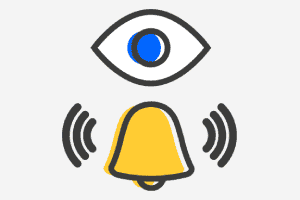Cyberbullying: Things to talk to them about (11-13s)
Explore a range of cyberbullying related topics that you should discuss with your child.
Tips to prevent cyberbullying
Set parental controls on devices your child can access
Talk to your child about what it means to have friends and followers online. Are they real friends? Can they trust them?
Be aware that your child might start exploring romantic relationships. Talk about what they can safely share and who to trust.

Encourage your child to be kind to others and think about the impact of words and actions.
Talk to your child about what bullying is (intentional and repeated) and how people might bully others online.

Encourage your child to tell you if they see or experience cyberbullying (even if it’s a friend).
Talk to your child about how they use the internet and what they enjoy.

Suggest they talk to a teacher at school or contact organisations like Childline if they feel uncomfortable opening up to you.
Tips to deal with cyberbullying
Don’t jump to conclusions
Gently explore with your child what has gone on before the message or the post
Stay calm
If you find out your child is experiencing cyberbullying or cyberbullying others, it’s important to keep your cool
Where did it start?
Be aware that cyberbullying can be a continuation of, or a response to bullying already happening at school or elsewhere
Discourage retaliation
Don’t encourage your child to retaliate in any way that is angry, offensive or threatening
Seek help
You could talk to your child’s school or, if your child feels harassed or threatened, the police. There are also charities like Kidscape that can give advice. Additionally, organisations like Family Lives offer emotional support to parents

Let them keep their device
Think carefully before taking away your child’s access to their phone or tablet. While this might stop cyberbullying, it can also take away connections to other people and increase loneliness and feelings of isolation
Report abuse
Help your child report any offensive content to the social media provider; show them how to do this on their own as well
Encourage positivity
Encourage your child to broaden their network of friends and to take part in activities that make them feel good about themselves
More on cyberbullying conversation starter guide
Created with support from


